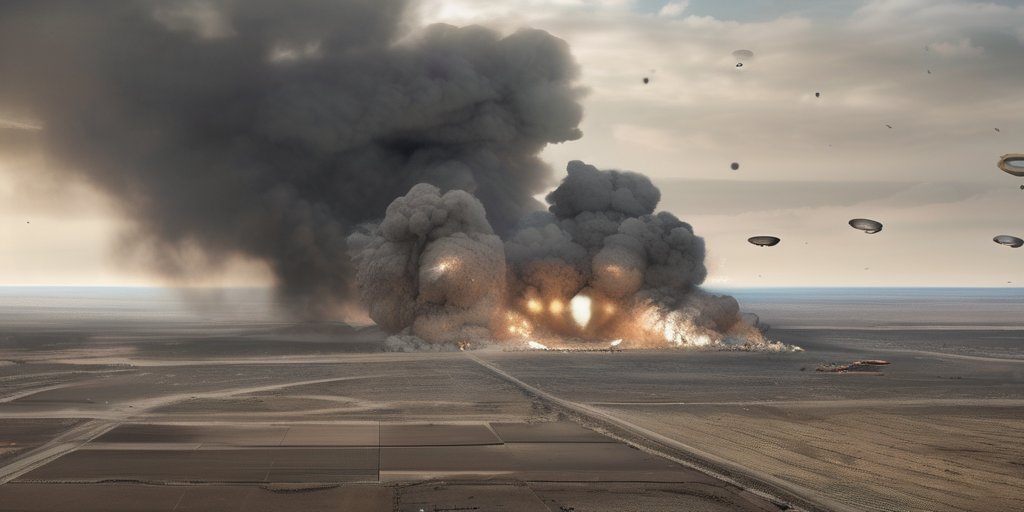In a dramatic escalation of military action, President Donald Trump has launched strikes against Iran’s nuclear facilities, marking one of the most consequential moments of his administration and America’s long-standing tension with the Islamic Republic. As Trump celebrates what he deems a monumental victory, the actual efficacy of these airstrikes and their long-term ramifications remain hotly debated.
The weekend’s operation, involving B-2 bombers deploying powerful bunker-busting munitions, targeted key nuclear sites reportedly integral to Iran’s uranium enrichment capabilities. Trump insisted that the damage inflicted was significant, posting on social media that the “hits were hard and accurate.” However, the reality of whether these strikes have effectively dismantled Iran’s nuclear ambitions or merely inflicted temporary setbacks remains unclear.
The president’s hawkish stance brings with it both opportunities and steep risks. If the strikes have indeed destroyed Iran’s nuclear infrastructure, it could be heralded as a landmark achievement in U.S. foreign policy, significantly shifting the power dynamics in the Middle East and removing a perceived existential threat to Israel. Conversely, any appearance that America could not substantively impact Iran’s nuclear program could embolden Tehran, potentially triggering a desperate rush to advance its weapon capabilities.
Amidst the fervor, skepticism has emerged from various quarters, including some of Trump’s allies. Representative Jim Himes emphasized the uncertainty surrounding the impact of the strikes, claiming that assertions regarding their effectiveness lack definitive proof. Meanwhile, Iran’s subsequent moves will be crucial. With reports indicating that Iran may have retained a portion of its nuclear data and materials, the implications of Trump’s gamble could extend well beyond immediate geopolitical ramifications.
As pressure mounts on Iran to respond, the international community watches closely. The perilous potential for conflict escalation hangs in the air, especially with Trump’s seemingly belligerent rhetoric about a regime change. This inherent unpredictability raises urgent questions about U.S. foreign policy strategies regarding Iran, which have historically stumbled amid complex realities and regional complexities.
With the Middle East on edge, the stakes could not be higher, and as negotiations fade, the prospect of military confrontation looms. Iran’s newly ignited tensions could give way to violent retaliations, affecting both U.S. military bases and the delicate balance of power in the region.
In summation, President Trump’s recently undertaken military actions may be seen as either a strategy to neutralize threats or a perilous path towards an uncontrollable and expansive conflict. As the dust settles, the question remains: can the U.S. navigate this explosive situation to avoid a long-term quagmire?
The intricate dynamics between military action and diplomatic resolution will undoubtedly shape the ongoing narrative regarding Iran and its nuclear aspirations in the years to come.
